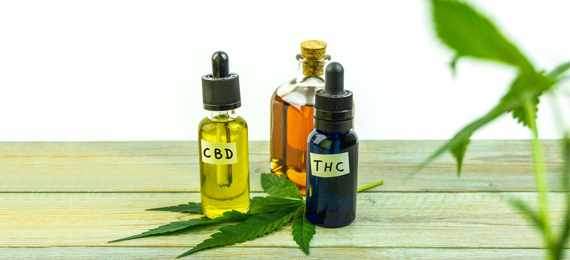
You may know this plant through multiple names—marijuana, cannabis, weed, ganja, hemp, kush, herb, and so on. Like its multiple names, marijuana also has multiple benefits associated with it.
To begin with, the marijuana plant has two natural psychoactive components to it—THC and CBD.
Difference between THC and CBD
Are Cannabis and Marijuana different?
- A. Yes
- B. No
Tetrahydrocannabinol (THC) is the compound that gives the plant its hallucinogenic properties. THC makes one feel euphoric when consumed. Cannabidiol (CBD) on the other hand doesn’t. CBD is known for its medicinal properties such as relieving anxiety, depression and decreasing pain, and seizures.
Marijuana health benefits
Like CBD and THC, the various chemicals in marijuana help eliminate pain caused by arthritis, multiple sclerosis, and chemotherapy. CBD especially helps in reducing the progression of Alzheimer’s, treats PTSD, and has anti-inflammatory properties.
Hemp
The hemp plant is from the same family as marijuana, but is less popular due to its lesser THC and CBD content. It is however widely used to manufacture fabrics, paper, and cosmetics. Hemp is also well known as an eco-friendly alternative to cotton, rubber, and plastics. It is also known for its nutritional value and is introduced into foods.
Legalization
The US and the Netherlands are well known for legalizing marijuana and inventing multiple consumables related to it. But Uruguay was the first country to legalize marijuana for public consumption in 2013. This was followed by other countries like Canada, Spain, and Portugal.
Legalization does not automatically mean everyone in the country can consume it. Some countries allow medicinal consumption and ban recreational consumption. Some countries ban the cultivation of the plant, but allow consumption—both medicinal and recreational. California state in the US was the first to legalize all forms of cultivation and consumption of marijuana.